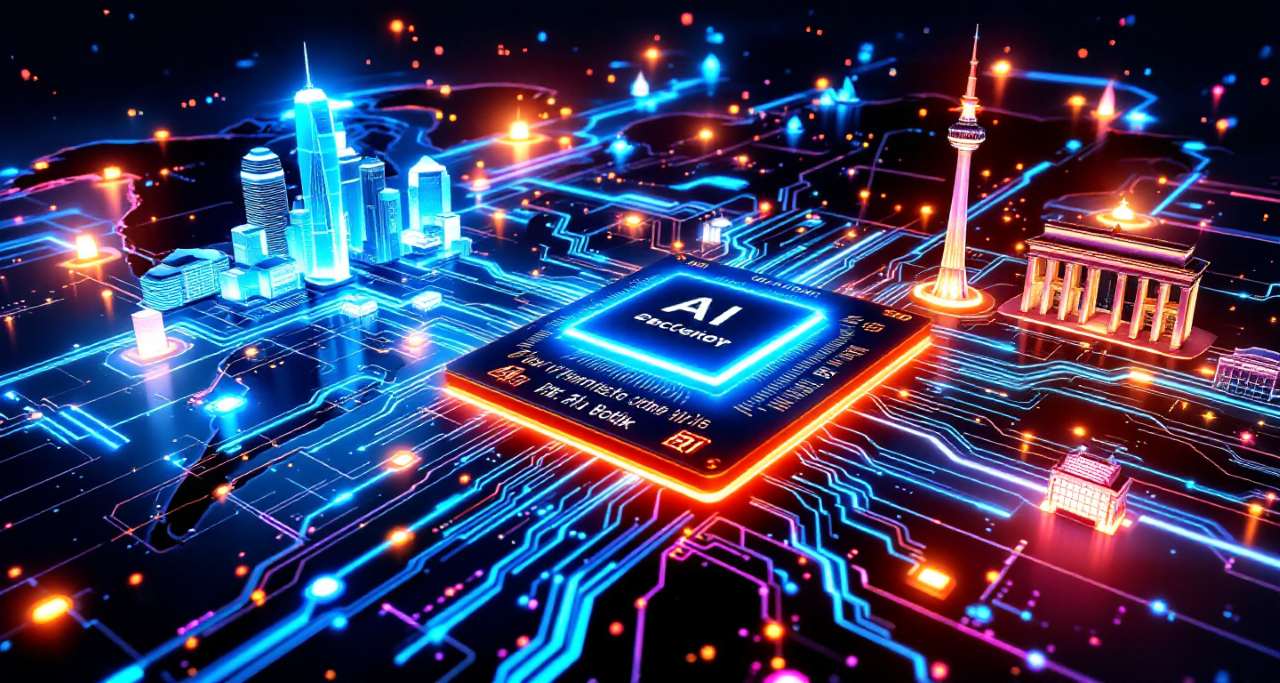
Every so often, a single event in tech sends shockwaves that ripple far beyond its origin. In early 2025, DeepSeek—a Chinese AI startup—did just that.
With a model trained for a fraction of the cost and energy of its Western rivals, DeepSeek didn’t just catch up to OpenAI’s ChatGPT; it leapfrogged the field in efficiency, cost, and accessibility. The result? A global AI space race, with every major player scrambling to keep up.
I remember the day DeepSeek hit #1 on the U.S. App Store. My phone buzzed with messages from founders, researchers, and even a few anxious VCs. “Did you see this?” one text read. “This changes everything.” And it did.
The DeepSeek Effect: A New Benchmark for Everyone
DeepSeek’s model, trained for just $5.6 million (compared to OpenAI’s billions), shattered the myth that only the biggest budgets could build the best AI. Suddenly, the conversation shifted from “Who has the most GPUs?” to “Who can do more with less?”.
The impact was immediate and global. Nvidia’s stock plummeted as investors realized the old economics of AI—massive data centers, endless chip upgrades—were no longer the only path forward. The message was clear: efficiency, not just scale, was the new gold standard.
Google Gemini, Anthropic, and the New Acceleration
Within weeks, the world’s biggest AI labs responded. Google’s Gemini team, already known for integrating real-time search and productivity tools, doubled down on speed and cost-efficiency. Gemini’s next update boasted faster, more energy-conscious models, and deeper integration with Google’s ecosystem—an unmistakable answer to DeepSeek’s challenge.
Anthropic, the safety-first AI company behind Claude, accelerated its own roadmap. Their new models, like Claude 3.5, not only improved on safety and alignment but also slashed inference costs and expanded context windows, making them more competitive for enterprise and research use.
Meta’s Llama, meanwhile, leaned into open-source, releasing new weights and architectures that let startups and researchers build powerful models on modest hardware. Even Elon Musk’s Grok, with its real-time wit and X platform integration, started touting efficiency and accessibility as key features.
The Global Domino Effect: From Silicon Valley to Shenzhen
DeepSeek’s rise wasn’t just a technical achievement—it was a geopolitical event. China’s AI ecosystem, already vast and government-backed, saw DeepSeek as proof that it could compete globally, even under U.S. chip export restrictions. The “Beijing Artificial Intelligence Industry White Paper 2024” had predicted this moment: a surge of innovation from startups like Zhipu AI, MiniMax, and Baichuan AI, all now emboldened to push harder and faster.
In the U.S., the response was the $100 billion Stargate initiative—a moonshot to build the world’s largest AI infrastructure, announced by OpenAI, SoftBank, and Oracle, and backed by the White House. The goal: ensure America’s AI leadership in the face of China’s rapid ascent.
Open-Source and the New AI Commons
Perhaps the most profound effect of DeepSeek’s breakthrough was the way it democratized AI. By open-sourcing its models, DeepSeek lowered the barrier for researchers, startups, and even hobbyists worldwide. Suddenly, the next big leap in AI could come from a university lab in Nairobi, a fintech in São Paulo, or a healthcare startup in Berlin.
I recently spoke with a developer in Lagos who told me, “Before DeepSeek, we could only dream of building our own LLMs. Now, we’re training models in local languages, for local problems.” That’s the kind of ripple effect that changes not just an industry, but the world.
The New Rules: Adapt or Be Left Behind
The AI landscape is now a high-speed, high-stakes game of leapfrog. Every platform—OpenAI, Google Gemini, Anthropic, Meta, and a dozen others—has been forced to rethink its strategy. The old playbook of “bigger, faster, more expensive” is out. The new rules? Efficiency, openness, and adaptability.
For users, this means more choice, lower costs, and faster innovation. For companies, it means relentless competition and the need to constantly raise their game. For governments, it’s a wake-up call: AI is now a matter of national strategy, not just corporate ambition.
A Personal Note: The Human Side of the Race
As someone who’s watched tech cycles for decades, I can say this moment feels different. The energy is raw, the stakes are global, and the pace is dizzying. But beneath the headlines and the hype, the real story is about people—engineers, researchers, entrepreneurs—racing to build the future, wherever they are.
DeepSeek opened the floodgates. Now, the world is swimming in possibility.
